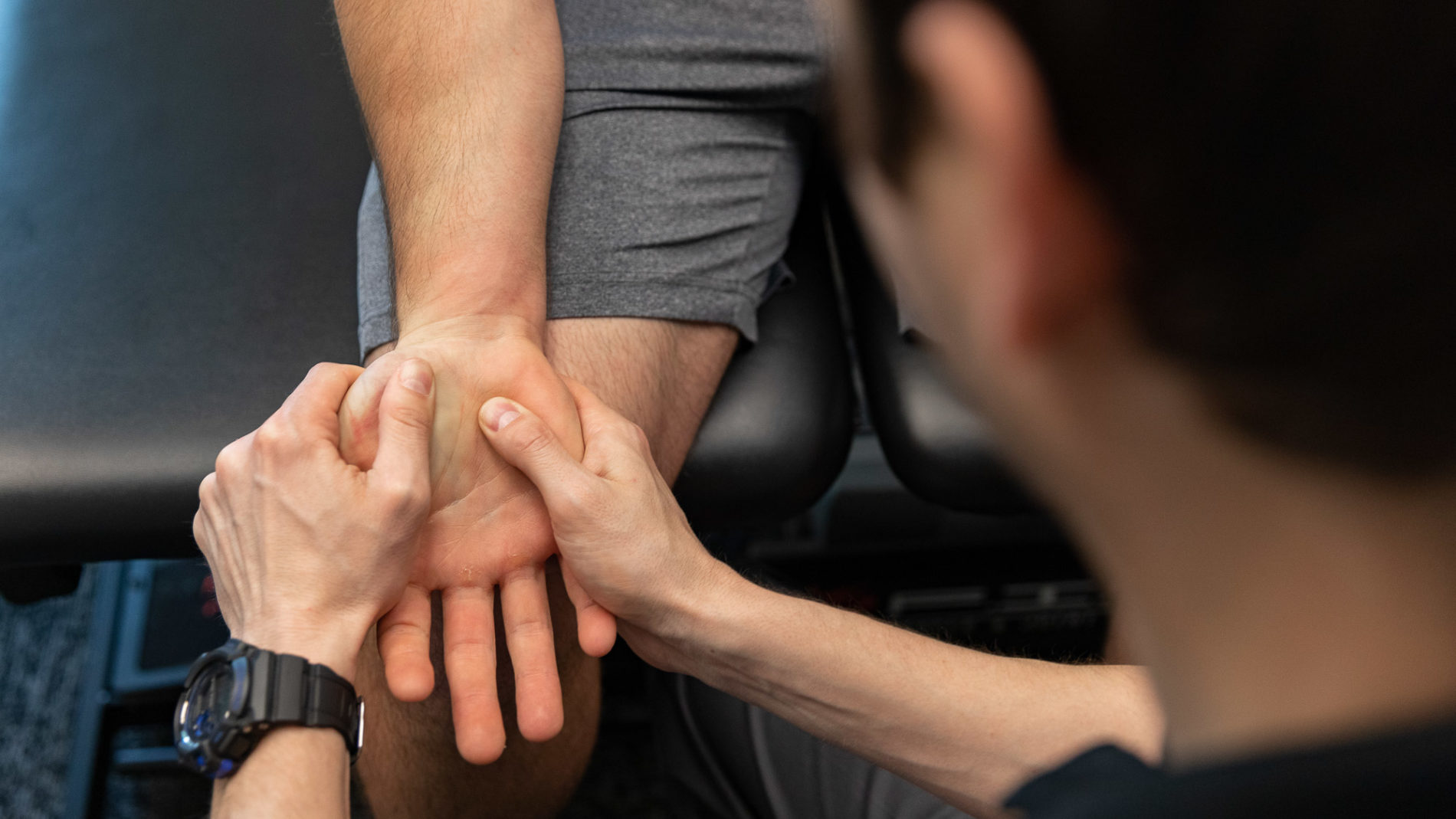
Have you ever wondered the difference between Cubital Tunnel Syndrome and Carpal Tunnel Syndrome?
Let's first explore cubital tunnel syndrome.
Your body communicates through nerve pathways that stem from your spinal cord and branch out into your body. The cubital tunnel is located in the elbow in the area most people call the “funny bone”. Cubital tunnel syndrome is the compression (also referred to as a nerve entrapment). or inflammation of the ulnar nerve through the cubital tunnel.
What are some symptoms you could expect?
Cubital tunnel syndrome usually consist of pain, numbness, atrophy and poor coordination. Cubital tunnel usually affects the small finger and ring finger.
A great visual for nerve entrapments is visualizing a water hose. Think of nerves as the water hose and your muscles/tissue as grass. If there is a kink in your water hose, your grass will not get watered thus making your grass become weak.
Cubital tunnel Syndrome can be managed in a range of ways from conservative to surgical. Conservative management looks like a custom night splint along with progressive exercises and activity modification to minimize aggravating your pain.
So what can you do if you are experiencing symptoms of carpal tunnel syndrome?
Beginning modifications can look like avoiding resting your elbow on a hard surface. The ulnar nerve runs behind the bony prominence of the inside of your elbow without any substantial padding. Resting on this area can aggravate symptoms.
Poor posture can impact your ulnar nerve. If your work has you sitting at a desk most of the day make sure you have proper ergonomics in place to minimize tension on your nerve pathway.
So how does Carpal Tunnel Syndrome compare?
Typical signs and symptoms of carpal tunnel syndrome outside of pain include: numbness/tingling experienced in the thumb, pointer finger, middle finger, and along the side of the ring finger; disruption of sleep due to pain, and the frequent dropping of objects.
Carpal Tunnel Syndrome often comes from overuse and/or repetitive use of the hands/wrist with hobbies/work that impact the wrist and hands.
Think you might be experiencing carpal or cubital tunnel syndrome?
Schedule a therapy appointment to start getting some answers and experiencing relief!
Whether your doctor wants to treat it conservatively or surgically for this condition, hand therapists are trained to address symptoms in various ways such as splinting, exercises, and manual hands-on therapy that provide the best outcomes possible!
For more resources check out these websites.
https://www.abilityhrs.com/patient-education/cubital-tunnel
https://www.citypt.com/guides/cubital-tunnel-syndrome/#understanding-cubital-tunnel-syndrome
https://www.assh.org/handcare/blog/advice-from-a-certified-hand-therapist-on-cubital-tunnel-syndrome

